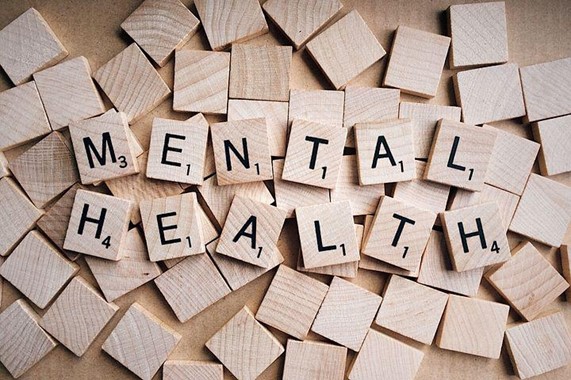One of the biggest messages spread around almost every school is an anti-bullying campaign. A lot of students don’t pay attention to these because it seems normal to be picked on by your peers, or made fun of because of how you dress or your income status. Stopbullying.gov lists out some of the most common risk factors for kids who have been bullied, including being perceived as different from others, and weaker or seemingly easier to prey on. The impacts of bullying are lightly addressed, but to what extent do they affect people?
Stopbullying.gov states that children who experienced bullying have “Decreased academic achievement—GPA and standardized test scores—and school participation. They are more likely to miss, skip, or drop out of school.” The CDC elaborates how about 160,000 high schoolers missed school because of bullying or violence at school. In 2019, about 20% of high schoolers reported having experienced bullying, 16% of which was online. Not to mention how “Overall, individuals with less education are more likely to experience a number of health risks, such as obesity, substance abuse, and intentional and unintentional injury, compared with individuals with more education.4 Higher levels of education are associated with a longer life and an increased likelihood of obtaining or understanding basic health information and services needed to make appropriate health decisions.”
In the end, bullying obviously has no good results, and a mere constant of insults can greatly impact many people for the rest of their lives. A youth disparity index by the CDC confirms, “These trends are consistent with previous studies that show LGBTQ students are at a disproportionately higher risk for negative health outcomes related to sexual behaviors, experiences of violence, substance use, and mental health, including suicide, and poor academic performance”. Being targeted at school can affect a student’s mental and physical health, along with stunting their academic growth.
Works cited:
Assistant Secretary for Public Affairs (ASPA). “Effects of Bullying.” StopBullying.gov, 21 May 2021, https://www.stopbullying.gov/bullying/effects.
“Health Disparities.” Centers for Disease Control and Prevention, Centers for Disease Control and Prevention, 24 Nov. 2020, https://www.cdc.gov/healthyyouth/disparities/index.htm#:~:text=Health%20disparities%20are%20preventable%20differences,experienced%20by%20socially%20disadvantaged%20populations.
“YRBSS Data & Documentation.” Centers for Disease Control and Prevention, Centers for Disease Control and Prevention, 2 May 2022, https://www.cdc.gov/healthyyouth/data/yrbs/data.htm.


